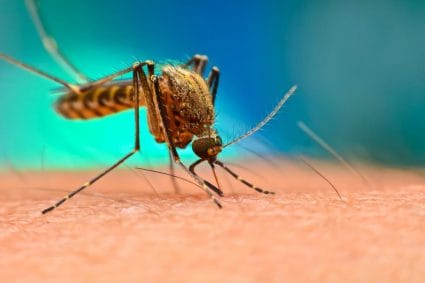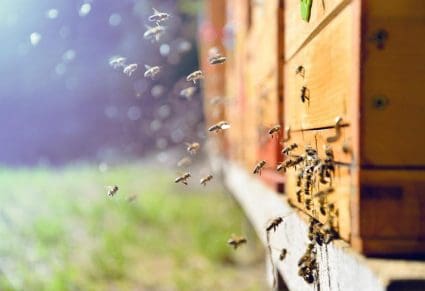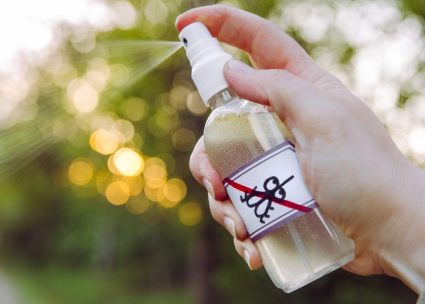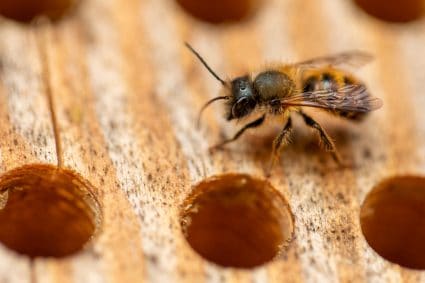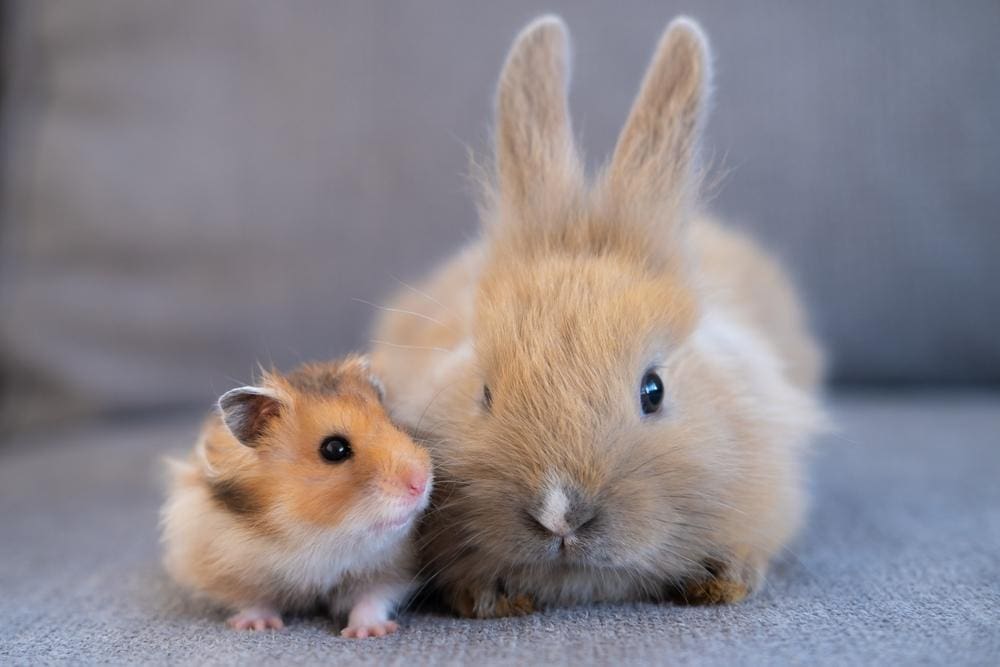
Voles, small rodents often confused with mice and moles, can be the bane of a gardener’s life. They are notorious for damaging gardens and yards by feasting on a variety of plants. However, not all plants are equally appealing to these creatures. This article delves into the world of voles and the plants they hate, providing you with a comprehensive guide to protect your garden from these pests.
Voles tend to avoid certain plants due to their unappealing or toxic compounds. These include Daffodils, Castor Bean, Alliums like Onions, Garlic, and Chives, Fritillaries, Snowdrops, Siberian squills, Hyacinths, Camassia, Iris, Lenten Roses, Salvia, and Thyme. Incorporating these plants into your garden can help deter voles. However, these are not a standalone solution and should be part of an integrated pest management strategy.
Understanding Voles
Before we dive into the plants that repel voles, let’s take a moment to understand these creatures. Voles, primarily herbivorous, adapt to different habitats and their diet varies among species, habitats, and seasons. They primarily feed on grasses, herbaceous plants, bulbs, and tubers. However, they select food plant species based on availability, composition (particularly nitrogen and fiber fractions), and deterrent secondary compounds such as phenolics and tannins.
Voles are active year-round and do not hibernate. In winter, when food is scarce, they may consume bark from trees and shrubs. Their feeding habits can have significant ecological impacts, as they can damage crops and alter plant communities by grazing and tunneling through the vegetation.
Plants Voles Hate
While no plant is entirely vole-proof, some are less appealing or even toxic to these creatures. Here are some plants that tend to deter voles:
- Daffodils: Voles don’t like the alkaloids present in daffodil bulbs.
- Castor Bean (Ricinus communis): The seeds and foliage contain ricin, a toxic substance that voles find unappealing.
- Alliums (Onions, Garlic, Chives): The strong odor of these plants may help mask the scent of other attractive plants and make the area less appealing to voles.
- Fritillaries (Fritillaria spp.): The bulbs of fritillaria contain alkaloids that voles find distasteful.
- Snowdrops (Galanthus spp.)
- Siberian squills (Scilla siberica)
- Hyacinths (Hyacinthus spp.)
- Camassia (Camassia spp.)
- Iris (Iris spp.)
- Lenten Roses (Helleborus spp.)
- Salvia (Salvia spp.)
- Thyme (Thymus spp.)
These plants contain compounds that voles find unappealing or toxic, making them less likely to be eaten by voles. Planting these species in your garden can help deter voles from causing damage.
Utilizing Vole-Repellent Plants in Your Garden
To incorporate these vole-repellent plants into your garden or landscape, consider the following strategies:
- Plant alliums: Include garlic, onions, and chives in edible plots to deter voles.
- Create a barrier with daffodils: Plant daffodils around the perimeter of your garden.
- Use castor beans: Plant castor beans around your garden.
- Maintain a clean and tidy garden: Keep grass and weeds short and remove plant debris to discourage voles.
- Use sharp gravel: Place sharp gravel around plants and bulbs, as voles do not like digging around sharp edges.
- Install hardware cloth: Bury rust-resistant hardware cloth at least 6 inches underground to create a barrier against voles.
- Attract natural predators: Provide habitat to encourage natural predators such as snakes, owls, hawks, and foxes.
- Apply natural repellents: Use natural repellents like castor oil, citronella, mint, cedar, thyme, garlic, or pepper around areas where voles are present.
Conclusion
While vole-repellent plants can be a part of an integrated pest management strategy, they are not a standalone solution. It’s best to use a combination of methods to control voles effectively. Additionally, be cautious when using toxic plants or repellent products, as they can pose risks to humans, pets, and other non-target species. With the right strategies, you can protect your garden from voles and enjoy a healthy, thriving landscape.
Frequently Asked Questions
What is the difference between a vole and a mole?
While both voles and moles can cause damage to your garden, they are different creatures. Voles are small rodents that look like field mice. They primarily feed on plant materials and are active year-round. Moles, on the other hand, are insectivores that eat insects, grubs, and worms. They have a cylindrical body shape and are known for creating extensive underground tunnel systems.
Can voles climb trees?
Voles are not adept climbers like mice or rats. They primarily stay on the ground, where they create burrows and runways in grassy areas. However, they can cause damage to trees by girdling them at the base.
Are voles dangerous to humans or pets?
Voles are generally not dangerous to humans or pets. They are shy creatures and will typically run away if disturbed. However, they can carry diseases like tularemia and hantavirus, so it’s best to avoid direct contact. It’s also important to note that some plants that deter voles, such as castor beans, are toxic to pets and humans if ingested.
How quickly do voles reproduce?
Voles reproduce rapidly. A single female vole can have 5-10 litters per year, with each litter containing 3-6 young. This rapid reproduction rate can quickly lead to large vole populations in your garden or yard.
What time of day are voles most active?
Voles are primarily active at dawn and dusk, but they can be active at any time of the day or night. They do not hibernate and are active year-round.


